Eliminate Wasted Excellence
We define Wasted Excellence as any resource that is utilized but not effective, productive, or necessary.
We've even spoke about it:
Make Lean For Me
We define Wasted Excellence as any resource that is utilized but not effective, productive, or necessary.
We've even spoke about it:
Improve responsiveness. Reduce cycle times & waiting. Eliminate employee effort that does not deliver increased value.
Lean puts your customers at the heart of the operation. When their needs are met, you've done your job.
Time-tested and proven by results, the Lean methodology has a recorded history that dates back almost 600 years and likely even further. First explicitly mentioned in Venice in the 1450s, Lean methodology was developed to standardize the building of Venetian ships. Standardizing the building process helped the Venetian Arsenal maximize efficiency, quality, and safety. The efficacy of this process lead to the implementation and refinement of this line of thinking around the world.
Toyota Motor Corporation made significant contributions to the development and spread of lean methodologies. The system was initially designed to address the challenges of post-war Japan, where resources were scarce and demand was high. By focusing on eliminating waste and streamlining processes, TPS enabled Toyota to produce high-quality products at a lower cost and eliminate wasted effort.
Lean methodology came to be the standard practice of many factories as industrialization revolutionized business. Companies like Ford and Toyota implemented this idea with great success, forever changing their industries and eventually manufacturing as a whole. As businesses around the world began to implement Lean methodology, the structure of the mentality grew into many different styles of the original concept. The democratization of the Lean methodology has allowed for many perspectives and approaches to the idea, which has made the Lean methodology a versatile and effective modern solution to challenges in business.
The bottom line is simple: eliminate inefficiency and improve continuously. Lean methodology focuses on optimizing
processes to deliver the best product or service. Since market desires can change quickly, Lean methodology aims to
cultivate a flexible approach to providing what is asked for.
While "eliminating waste" can sound like a harsh criteria, the open-ended interpretation of "waste" is what makes Lean such a powerful approach. Waste, in essence, means
anything that is not valuable to the customer. From a
business standpoint, this can mean unnecessary meetings,
consistent switching of tasks, and micromanaging. The
benefits of unrestrained definitions of "waste" has benefits
two-fold: Customers get what they want from a product or
service, and employees can work in a way that allows them
to focus on the important aspects of their job.
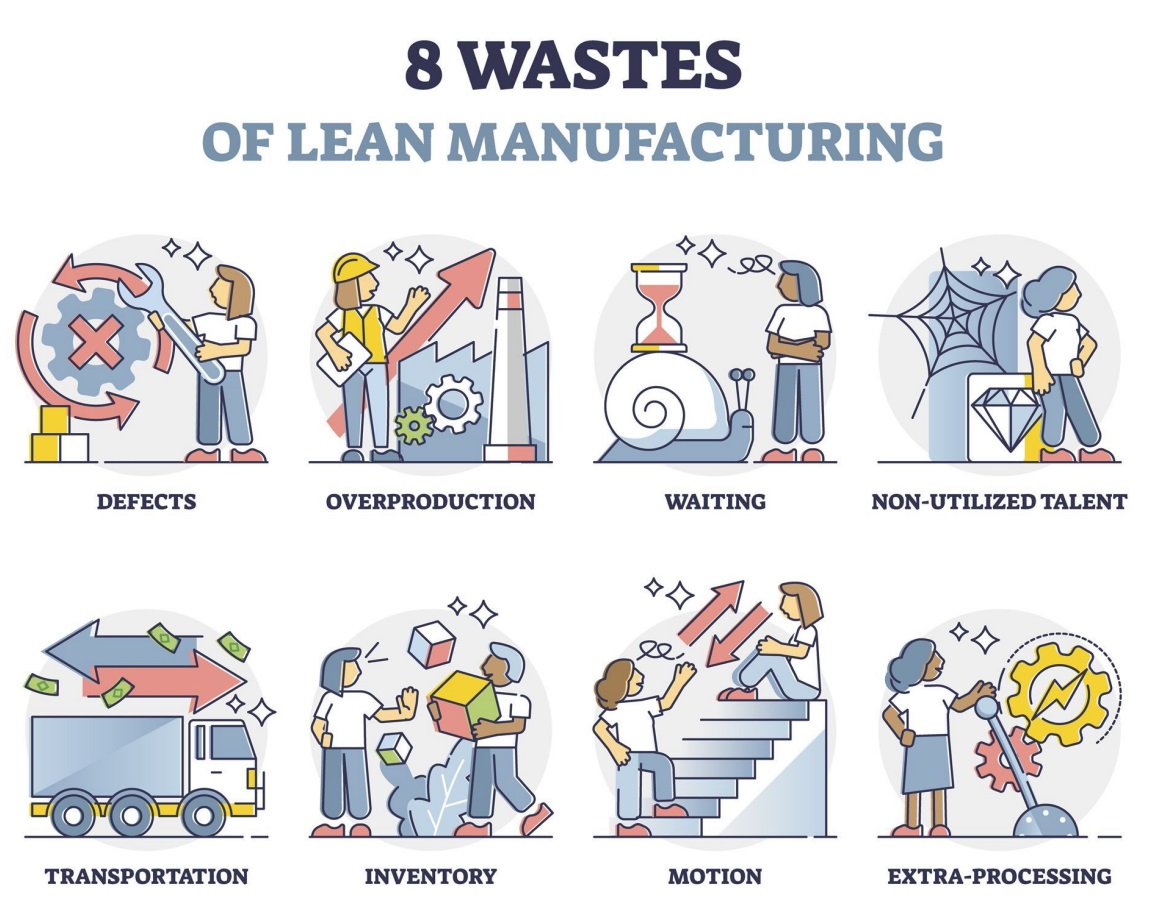
Value is the end goal and always defined by the customer's needs for a specific product including when, how much they need, and where they need it.
What are the actions that directly add value to our customers?
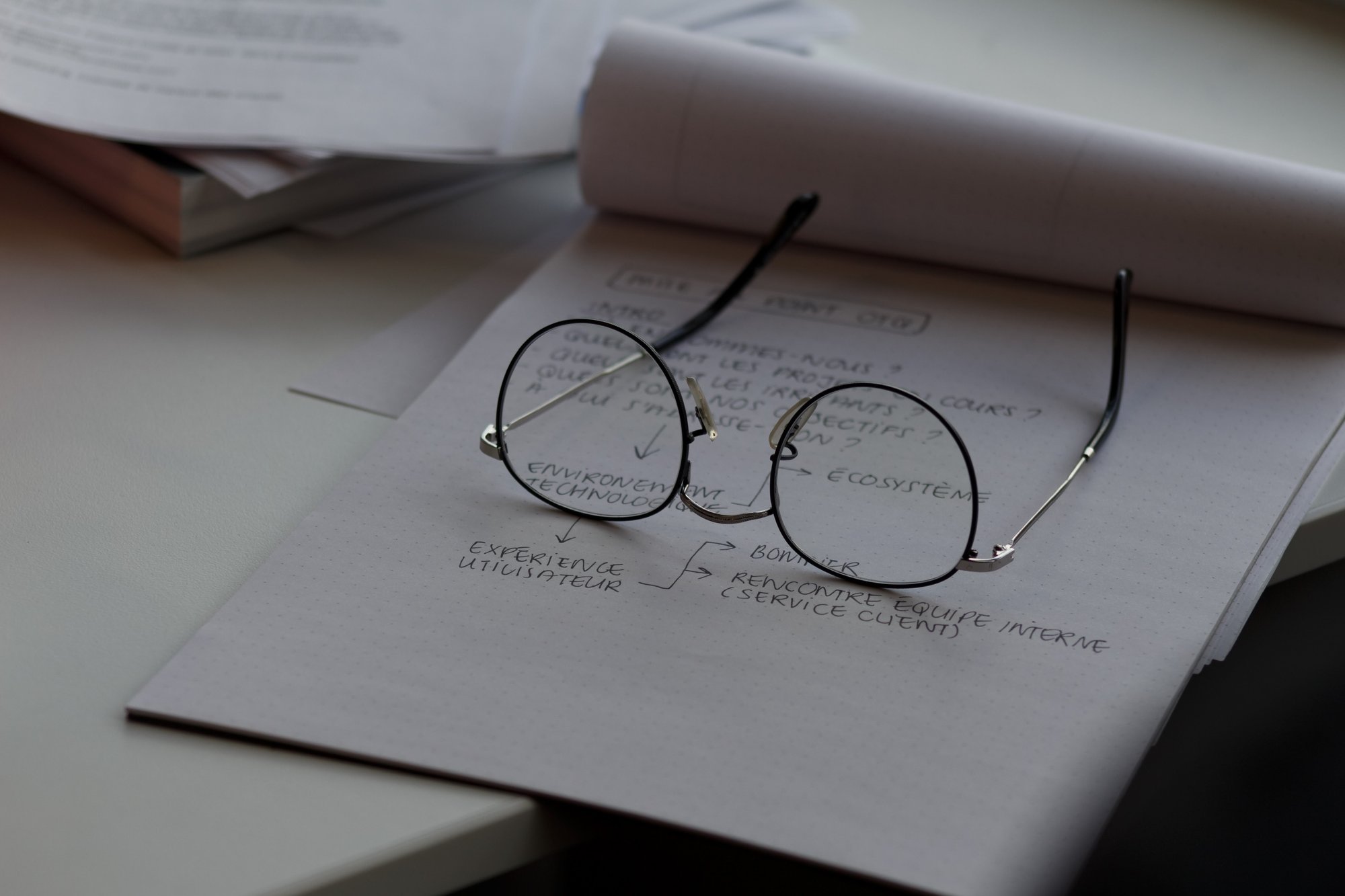
All the steps and processes involved in taking a specific product from the beginning to the final product to the customer. Value-stream mapping is used to understand where waste may be and gain better understanding of the entire business operation.
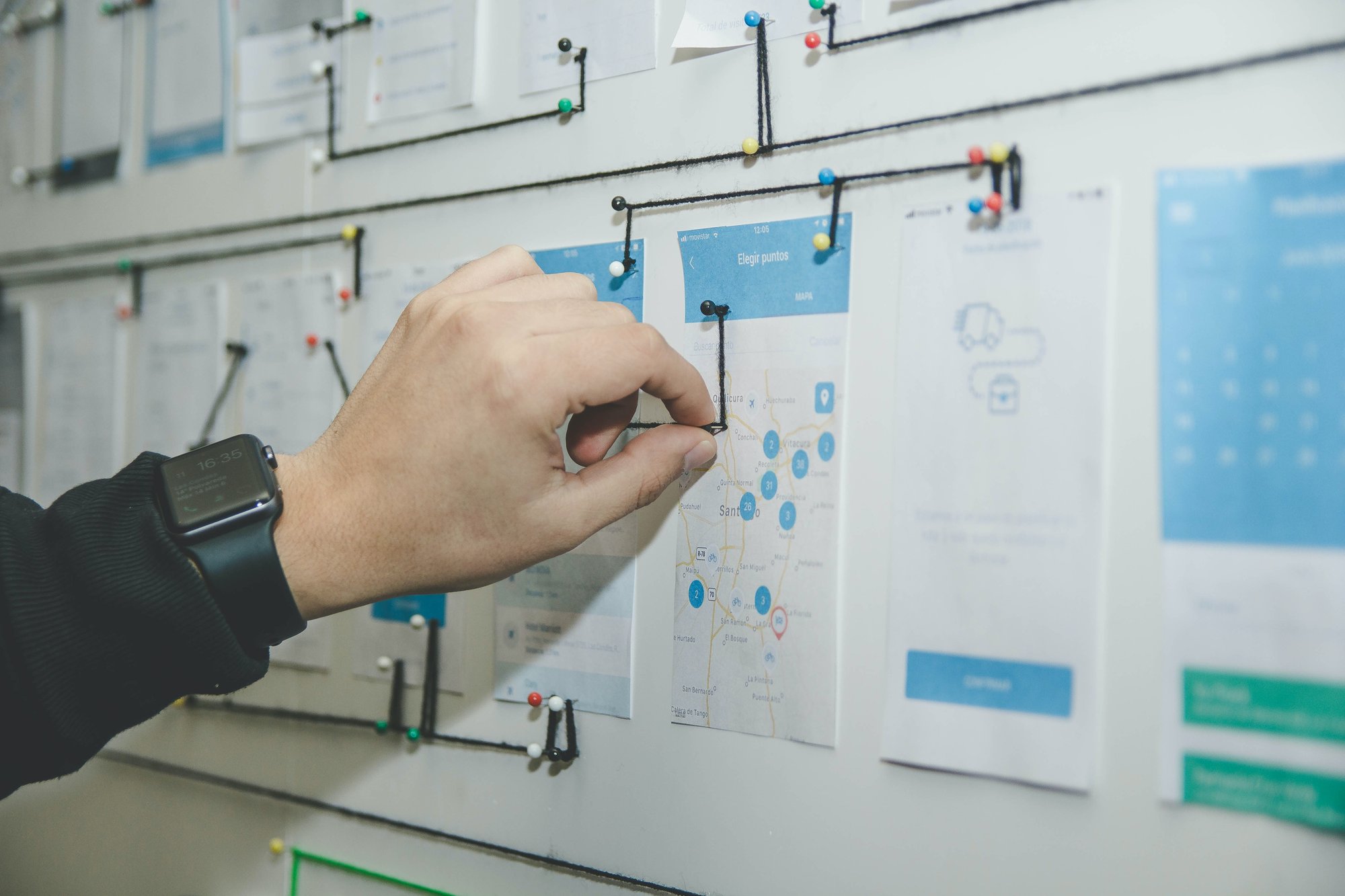
With waste improved/ eliminated, create a smooth flow without interruptions, delays and bottlenecks. Flow includes materials, people, information, products, etc.
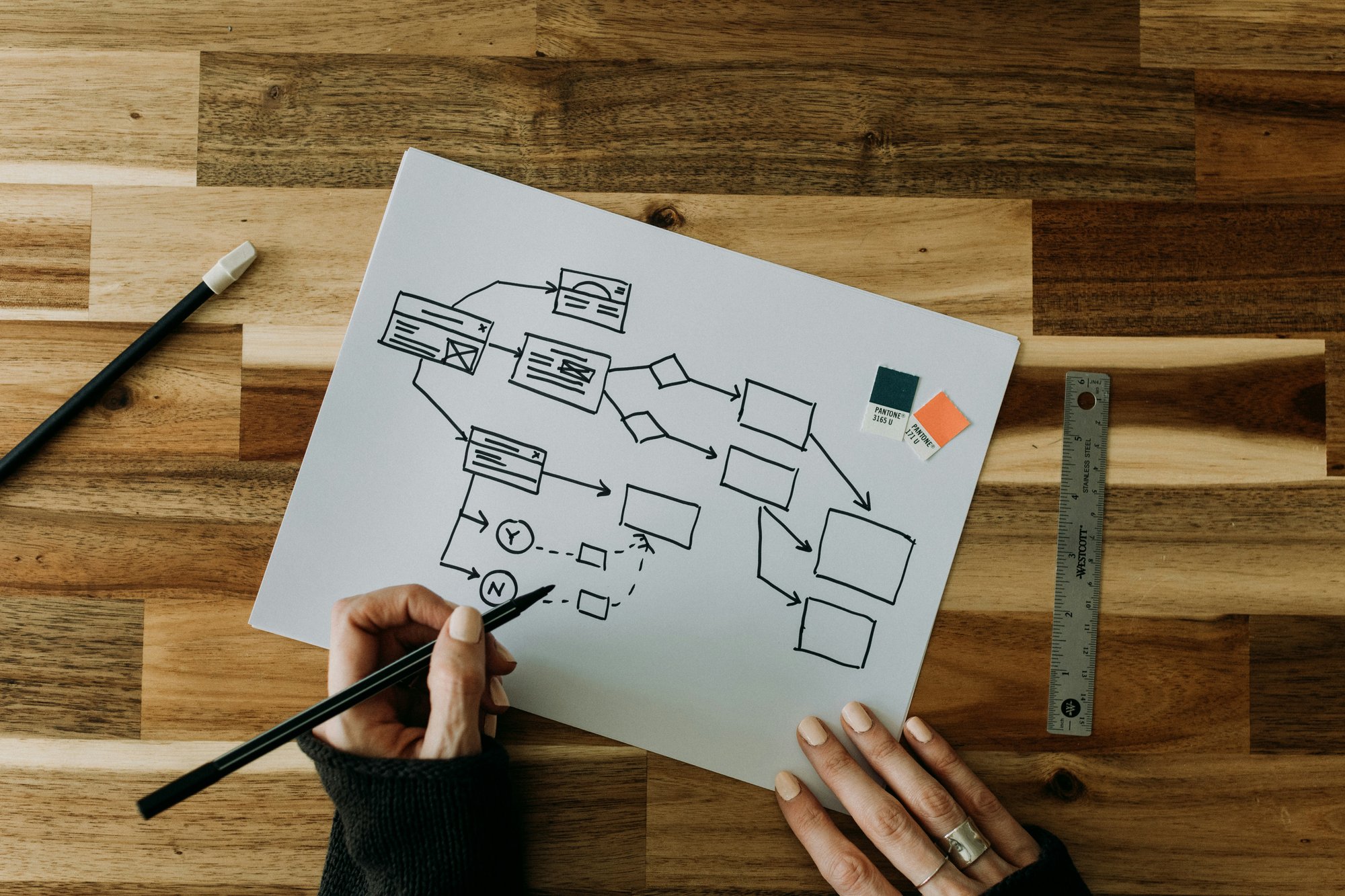
Now that the value stream is flowing, focus on the customer to ensure it is easy to deliver the product with the ultimate goal of the customer pulling the product or service as needed without a stockpile. This is the opposite of pushing the product to the customer, placing burden on them.

Make lean thinking and process improvement part of your culture, not a one-time, special event. Apply constant effort around waste identification, removal and returning to the value step to use these five steps as a cycle.

Leadership Standard Work (LSW) is a structured approach where each organizational level has a defined set of responsibilities to ensure processes are executed to standard. This framework is pivotal in embedding a Lean mindset across the organization, starting from daily huddles at each level. These huddles are not just routine meetings; they are strategic touchpoints that foster a culture of continuous improvement and operational excellence.
Leadership Standard Work creates a platform for immediate, informal feedback and coaching, enhancing communication and development within the team. This approach ensures that leaders are not only directive but also actively engaged in nurturing a Lean culture, making it a living, breathing part of the organizational ethos. This system of structured responsibilities and daily engagement helps in reinforcing Lean principles and practices, ensuring they are consistently applied and iteratively improved upon.

Visual Controls highlight quickly when a process is performing off standard or beyond acceptable limits.
Visual Controls are implemented correctly when all individuals can easily compare expected performance versus actual performance to any process.
Visual Controls can be implemented in a wide variety of forms from charts, gauges, or dashboards.
"Andon" is a form of visual control to immediately signal a out of control outcome or process. Andon's typically need immediate attention to identify and correct the root cause.
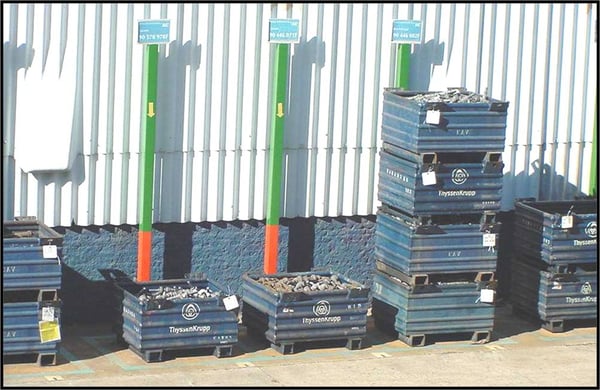
Kaizen is a Japanese term that translates to Change (Kai) Good (Zen). Invovlement in a "Kaizen" or Kaizen Event typically targets rapid, specific improvement to an area or problem. Individuals leave Kaizen Events seeing the benefit of making targeted Continuous Improvement efforts to change the work for the better.
Kaizen Events are dynamic, short-term sessions focused on improving a specific business process. Integral to Lean methodologies, these events typically last from a few days to a week and involve a cross-functional team working together to identify and swiftly implement process improvements. They encourage collaborative problem-solving and the application of Lean principles, leading to immediate, impactful changes.
Kaizen Events foster a culture of continuous improvement and teamwork, empowering employees and driving both short-term enhancements and long-term Lean thinking throughout the organization.

Daily Huddles, also known as Accountability Huddles, Daily Stand-Up's, are brief, focused gatherings designed to align team members and set the tone for the day ahead. These meetings, typically lasting no more than 15 minutes, are a cornerstone of effective team communication and management in Lean methodologies. During these huddles, team members quickly share updates, discuss priorities, and identify any challenges or roadblocks.
This daily check-in ensures everyone is on the same page and working towards common goals. It's an opportunity for leaders to provide direction, for team members to commit to daily tasks, and for the group to address any immediate concerns that may impact workflow. Daily Huddles enhance transparency, foster a sense of accountability, and enable quick response to issues, thereby improving overall team efficiency and collaboration. They are essential in maintaining a continuous improvement culture, keeping the team connected, focused, and agile in their day-to-day operations.


Although the principles remain the same, Lean looks different for every organization. Find out where you are in your Lean Journey and how to take the next step.
See how you stack up in our Lean/CI Maturity Model:
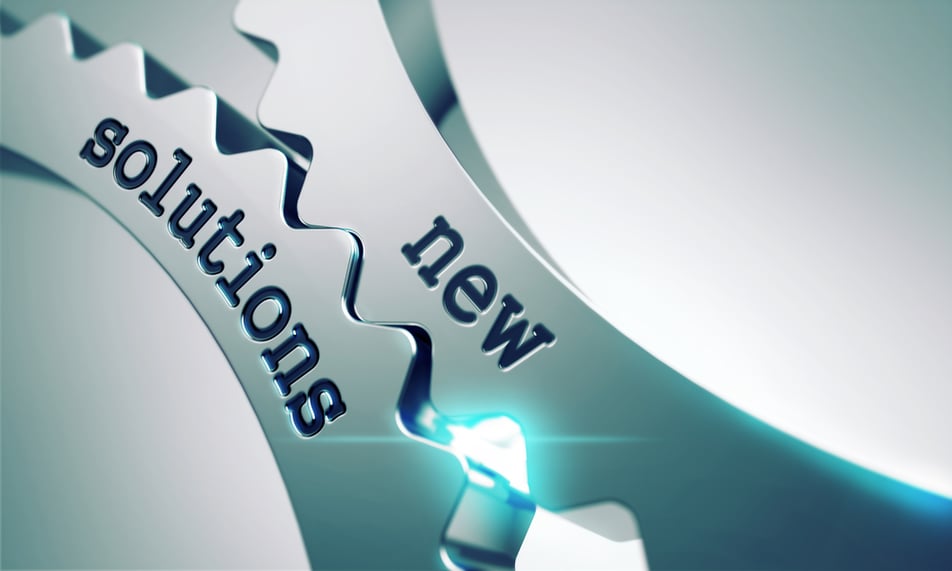
Decided to try Lean? Take the first step and lay the foundation the lean culture will build on.
Build the foundational skills in your key champions with our Lean Workshops

Take what you know about Lean, add to it, and apply it to help your organization.
Our Lean Experts focus on starting with the knowledge you have now, and upskilling to where you want to go for yourself and your teams.
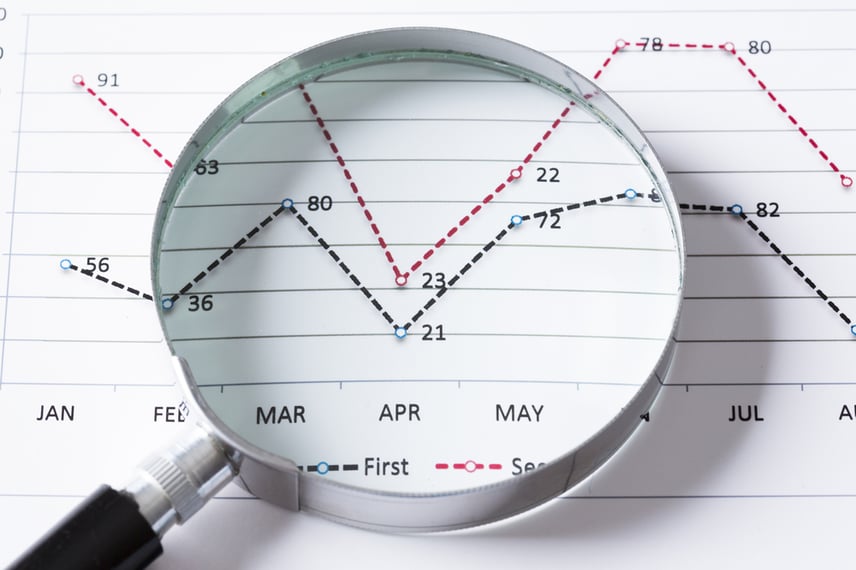
You've launched Lean but want to Level It UP?
Find where you fall on our Lean/CI Maturity Model, relate to the challenges other teams are facing, and discover new approaches to overcome. obstacles.
Lean/ CI Maturity Model

Nov 29, 2025 by BecomeMore Group Staff
Nov 15, 2025 by BecomeMore Group Staff
Nov 3, 2025 by BecomeMore Group Staff